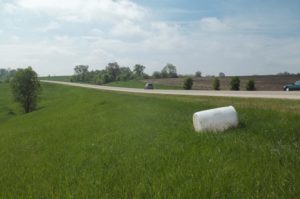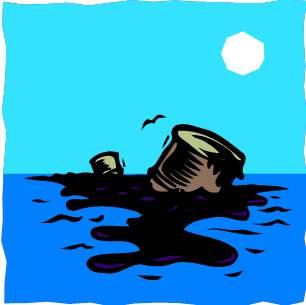An interesting aspect of a business like mine is its international application. This question came from a university professor in South America.
Hi Daniel.
In a group of Hazardous Materials from emergency services a friend ask this:
“Seeking some guidance on policies relating to cost recovery for manpower and materials used in hazmat response to responsible parties. To fine tune it, when does your agency begin the process? Is it by gallons/ material, local environmental codes ordinances, or other. Any advice would be of great assistance.”
Can you bring us some advice about this?
Thank you.
My reply about a week later on November 20, 2017:
I will do my best to answer you questions and provide you with information. Please note that my areas of expertise are the regulations – international and domestic – for the transport of HazMat/dangerous goods and the domestic regulations for the management of hazardous waste.
- USEPA regulations under CERCLA and EPCRA identify hazardous substances and extremely hazardous substances and the notification requirements when either have been involved in a release above their reportable quantity (RQ). Read: Reporting Releases of Hazardous Substances and Extremely Hazardous Substances
- PHMSA/USDOT regulations specifically include a hazardous substance in the definition of a hazardous material. Read: What does PHMSA/USDOT define as a hazardous substance?
- Anyone witnessing an oil spill, chemical release or maritime security incident should call the National Response Center NRC hotline at 1-800-424-8802.
- PHMSA/USDOT regulations require two different types of HazMat incident reporting: an immediate report and a written report.
- Any person in charge of an onshore or offshore facility must notify the National Response Center (NRC) immediately after he or she has knowledge of the discharge. Oil discharges that reach navigable waters must be reported to the NRC at 1-800-424-8802 or 1-202-426-2675.
- Notifications to state environmental or emergency response agencies vary by state. Some require notification if a release is above a certain volume threshold (e.g. 25 gallons). Others require notification if a spill comes within a certain distance of a navigable waterway.
- There may also be notification requirements of a county or city.
- A region surrounding a body of water (e.g. Puget Sound, Chesapeake Bay) may require notification in the event of a spill or release.
- A Publicly Operated Treatment Works (POTW), aka: sanitary sewer district will likely require a report to be submitted to it if a ‘slug’ or unpermitted contaminant enters its sanitary sewer.
I hope this helps.
Please don’t hesitate to contact me if you have any other questions.
Daniels Training Services, Inc. 815.821.1550 |
That must have done it because I didn’t hear from him again. Though not central to my main focus on HazMat transportation and waste management, the regulations of EPCRA, CERCLA and related emergency response and reporting falls within the scope of USDOT HazMat Employee training and USEPA Hazardous Waste Personnel (RCRA) training. I’m glad I had the knowledge to be of assistance to this person.


